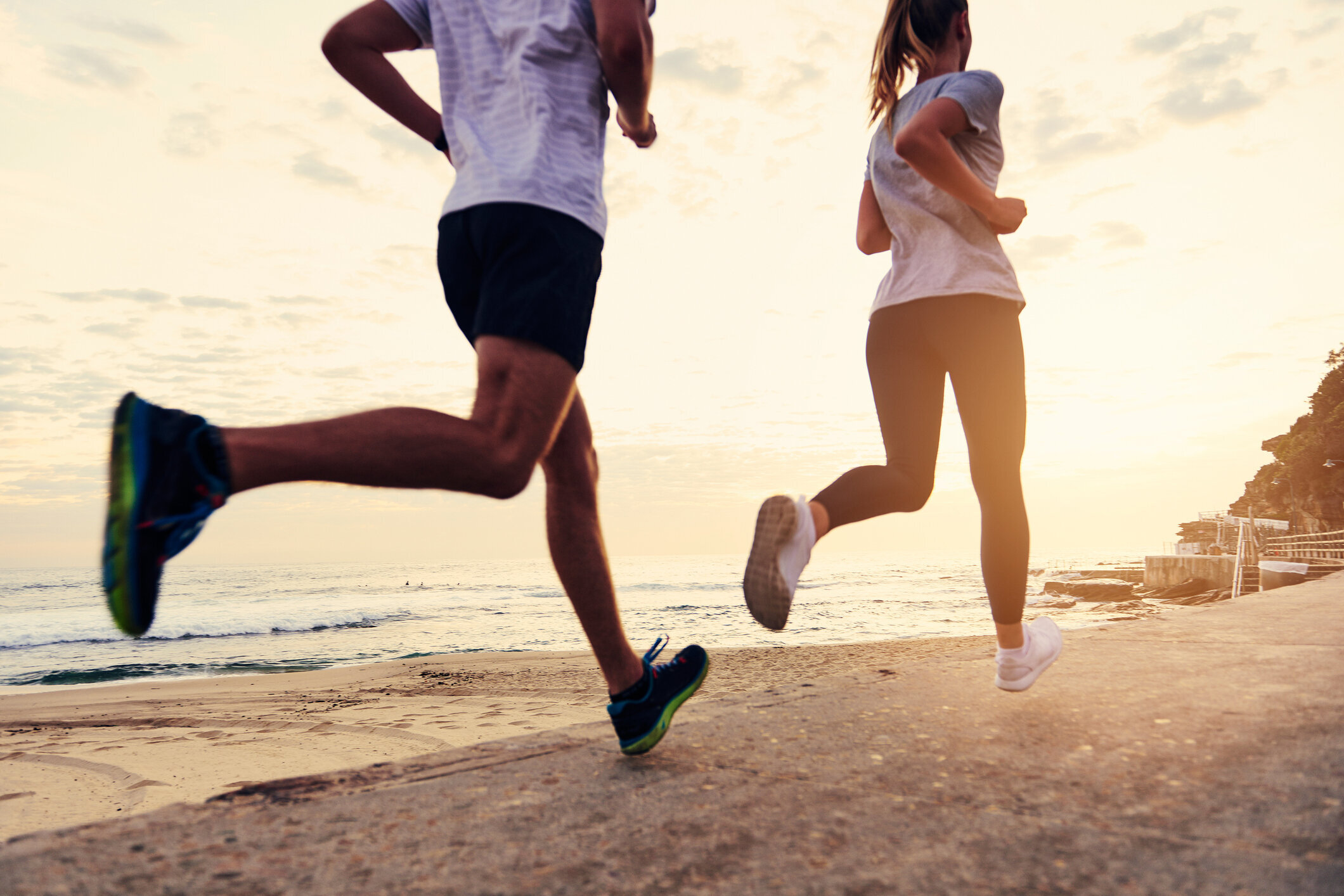“It is estimated that 60% of all running injuries are due to training errors” - Hreljac, A; 2005.
This statement illustrates that when it comes to running, a huge factor in injury prevention is seen in setting up their technique and managing a person's volume of training. That is the total amount of training, not just running, in a program and may include frequency, duration, and intensity. This is referred to as the load of training.
“Have you ever felt like you can’t recover, or constantly feel tired?”
“How much training load is going through your body?”
When looking at training load, you need to appreciate that all training is, is creating a demand or stress. Your body has the ability to adapt to these training loads, which include muscles getting stronger, an increase in bone density, and tendons becoming more resilient. Load has 2 components that you need to take into account also: internal and external. Internal components are very dependent on the yourself, for example, factors like mood states, bloods (sex hormones, thyroid function, athlete monitoring systems), and rate of perceived exertion/RPE. External factors are influenced by creating physical, psychological or physiological demands like the training distance, frequency, time, speed and elevation.
As you could imagine by now there are a lot of factors to take into account, especially as a practitioner, when dealing with running and related injuries.
Most commonly people present with a disengagement in the training load and create overload. This is seen as pain or injury!
The 3 most common types of overload injuries in runners include:
Medial tibial stress syndrome (shin splints).
Achilles tendinopathy.
Plantar fasciitis.
“But why do you feel like you are getting injured all the time even when your diet, sleep and other factors are managed, while others rarely see an injury?”
It all comes down to capacity and recovery.
Capacity is your ability to absorb load and adapt to it. Much like when going to the gym. You lift a certain weight for 4 weeks and the weight becomes easier. Your body has adapted to the load and increased its capacity to lift more. Much is the same with running.
When looking at someone's training load it's important I see areas of increased volume with areas of decreased volume. Your recovery should be illustrated in your training schedule as well as incorporated into periodization.
What is periodisation you ask?
It’s the systematic planning of training. It is made of building blocks with variable loads and recovery to overall increase your capacity and assist in your performance. It is known as a chronic training base, and is made up of layers of foundation building.
Now, if you’re the person who doesn’t have a coach and usually programs for yourself, listen up! This will be useful. The 10% rule. It allows you to add 10% to your weekly training load to steadily increase your capacity to load. Yes it is still dependent on yourself and any prior training base building you’ve established to have a starting point (chronic training load), but generally is a helpful guide to training volume.
Where do I as a practitioner come into effect? I am here to mitigate any loading errors you may develop, while still increasing your capacity to load. Essentially, you increase your training capacity while staying relatively pain and injury free.
Sounds pretty good doesn’t it?



